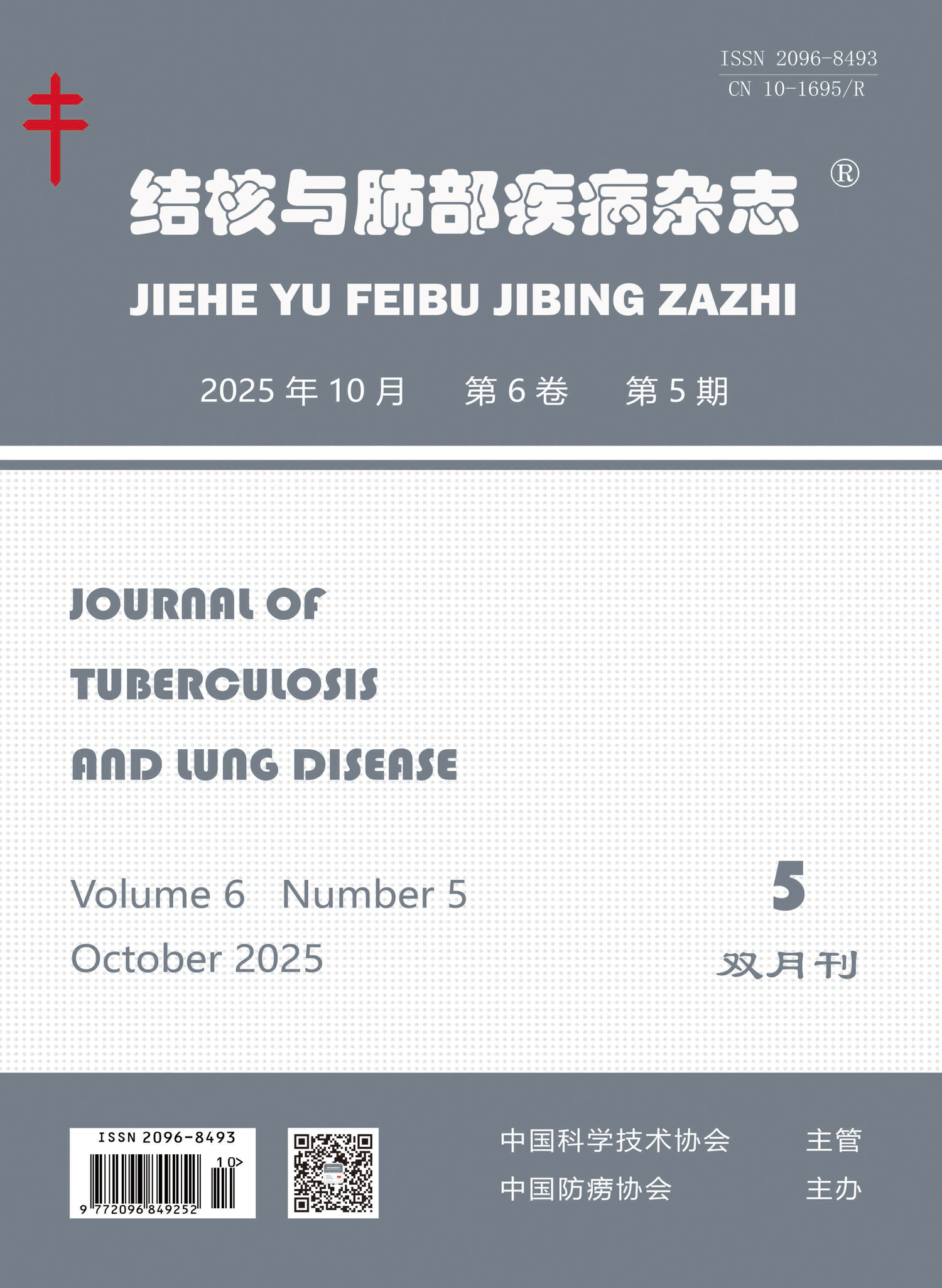Objective: To establish and evaluate the clinical effect of a pulmonary rehabilitation combined with early mobilization program in patients with pulmonary tuberculosis (PTB) receiving invasive mechanical ventilation. Methods: A retrospective cohort study was conducted. According to inclusion criteria, 53 PTB patients admitted to the ICU of Nanning Fourth People’s Hospital from January to December 2021 were selected as control group and received routine nursing care. From January to December 2022, 54 PTB patients were enrolled as observation group and received pulmonary rehabilitation combined with early mobilization program, guided by a multidisciplinary team led by respiratory therapists. The two groups were compared in terms of ventilator-associated pneumonia (VAP) incidence, delirium episodes, mortality rate, ICU length of stay, oxygenation index on day 1 and 8 post-rehabilitation, extubation success rate, pressure injury incidence, deep vein thrombosis incidence, ICU costs, adverse events during rehabilitation, and compliance with the program. Results: In the observation group, the average duration of mechanical ventilation was (6.22±2.30) days, and the average length of ICU stay was (9.20±1.55) days, and the median ICU hospitalization costs (49835.46 (32178.02, 75958.55) yuan) were all lower than those of the control group ((15.60±5.00) days, (17.23±5.23) days, 91061.00 (75433.83, 122598.44) yuan) while their incidence of VAP (0.0%, 0/54), delirium (5.6%, 3/54), pressure injury (0.0%, 0/54), deep vein thrombosis (1.9%, 1/54), success rate of weaning (98.1%, 53/54), mortality rate (3.7%, 2/54), and the oxygenation index on the 8th day after pulmonary rehabilitation ((331.31±134.35) mmHg) were all better than that of the control group (11.3% (6/53), 20.8% (11/53), 9.4% (5/53), 13.2% (7/53), 77.4% (41/53), 20.8% (11/53), (276.31±80.25) mmHg, respectively), and the differences were statistically significant (t=―12.431, P<0.001; t=―10.721, P<0.001; Z=―5.499, P<0.001; χ2=6.476, P=0.013; χ2=4.179, P=0.041; χ2=5.344, P=0.027; χ2=4.364, P=0.037; χ2=10.831, P=0.001; χ2=5.776, P=0.016; t=2.790, P=0.008). The oxygenation index before pulmonary rehabilitation ((209.21±87.92) mmHg) and on the first day after pulmonary rehabilitation combined with early activity ((245.88±126.85) mmHg), incidence of adverse events (33.3%, 18/54), and compliance with pulmonary rehabilitation training (85.2%, 46/54) in the observation group were compared with those in the control group ((197.54±79.10) mmHg, (232.20±120.01) mmHg, 18.9% (10/53), 90.6% (48/53), respectively), and the differences were not statistically significant (t=1.440, P=0.153; t=1.248, P=0.215; χ2=2.897, P=0.089; χ2=0.726, P=0.394). Conclusion: Pulmonary rehabilitation combined with early mobilization program is a safe and effective therapy for PTB patients receiving invasive mechanical ventilation, could reduce complications, shorten ICU stays, and promote pulmonary function recovery.

 Wechat
Wechat